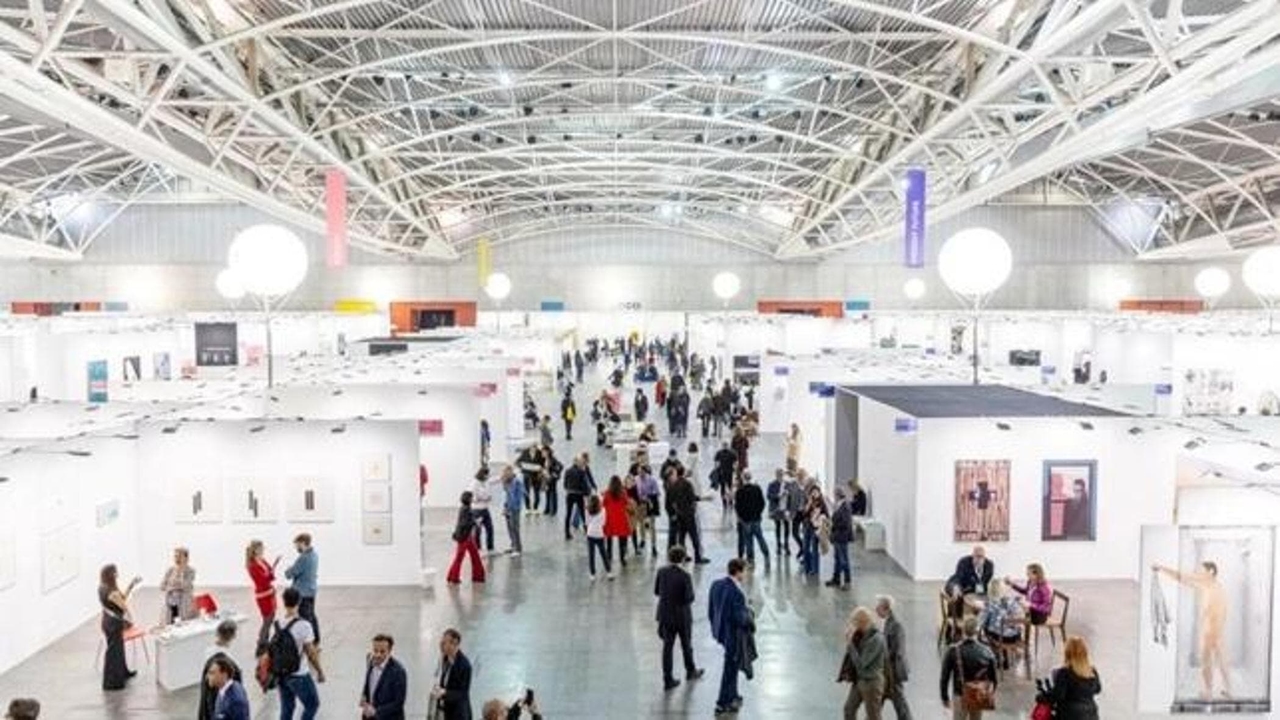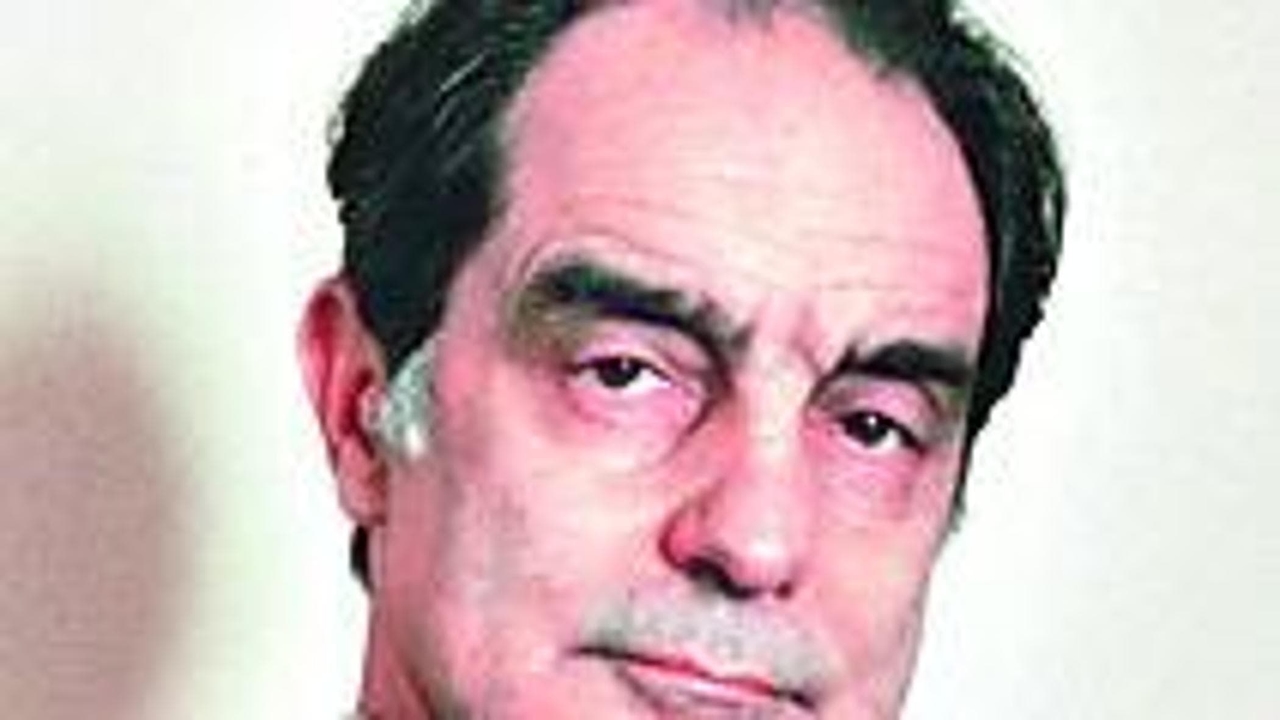Pasolini, fifty years without his courage. An exhibition commemorates him.


Opening today at the Galleria Modernissimo in Bologna, a series of videos and documents. A marathon throughout November with films, poetry readings, and installations...
You won't find any new revelations or scoops in the exhibition " Pasolini. Anatomy of a Murder ," which opens today at the Galleria Modernissimo in Bologna , but you will find plenty of material—articles, photographs, notes, audio, and video—to delve deeper into the final weeks of one of the most significant figures of the twentieth century. Pier Paolo Pasolini was killed on the night of November 1, 1975, at the Idroscalo in Ostia. Fifty years have passed, and for the Cineteca di Bologna, in a major act of civic engagement, this is an opportunity to open the archives of the Pier Paolo Pasolini Study Center, housed there for over 20 years, and to recount the story of the poet whose memory has certainly not been lost: like Che Guevara, his face and personality have become legendary, a symbol of freedom and intellectual independence, even if too often people haven't looked beyond the 'logo,' and haven't taken the time to delve deeper.
In this small but richly informative exhibition , which opens emotionally with an installation by Giancarlo Basili of Pasolini's body lying on the ground, wrapped in a sheet in front of a photograph at the Idroscalo, visitors will relive the entire story of the crime. The truth of the crime, as curators Gian Luca Farinelli, Marco Antonio Bazzocchi, and Andrea Speranzoni explain, has yet to be told. News reports of the time, the curators recall, "immediately supported the unlikely theory put forward by Pino Pelosi, legitimizing an account that attributed moral responsibility for his own murder to the writer. The title of his novel, 'A Violent Life,' was used to attempt to bury under infamy the memory of the artist who had always, better than anyone else, analyzed the degradation of Italian society."
There's much to read and listen to as you explore the exhibition , which isn't a stroll through light-hearted memorabilia. You can see the photo shoot taken by Dino Pedriali in October 1965 between Sabaudia and the Torre di Chia, featuring Pasolini's last portraits. You find yourself in front of the desk with the typewriter, where you can read the note the director left to his secretary Graziella the day before he died: on November 2nd, many people would call, "to whom I promised an appointment." Next to it, an article about Man Ray and Warhol: this is the room dedicated to the "Last Day," including the last interview he gave to Furio Colombo for La Stampa. The wall dedicated to reconstruction is striking, with color photos of the clothes he was wearing that night, and the one recounting the "Persecution" is a primer for delving into the documents relating to the dense trail of accusations and trials Pasolini faced during his life.
The exhibition is also accompanied by videos, such as the reading of "Io So" by Favino, Mastandrea, and Gifuni, which gives vent to his poetic soul. This is part of a "Pasolini Marathon," which runs from November 1st until the 28th and features talks and screenings, beginning with a screening of Marco Tullio Giordana's 1995 film "Pasolini, an Italian Crime" (8 p.m.). The director spoke yesterday morning of the importance of this exhibition , which "is an extraordinary opportunity to see, through Pasolini's world, the stages of his life, its obstacles and successes. This exhibition underscores his immortality and the love people had for him, evident in the image of his funeral." And he concludes: "It's as if he had made visible this country split into two parts that cannot be reconciled, even if today the far right seems to worship it. I think that's a good thing; we need to talk to everyone, as Pasolini said to Calvino, 'otherwise how will they understand?'"
© Reproduction reserved
İl Resto Del Carlino




